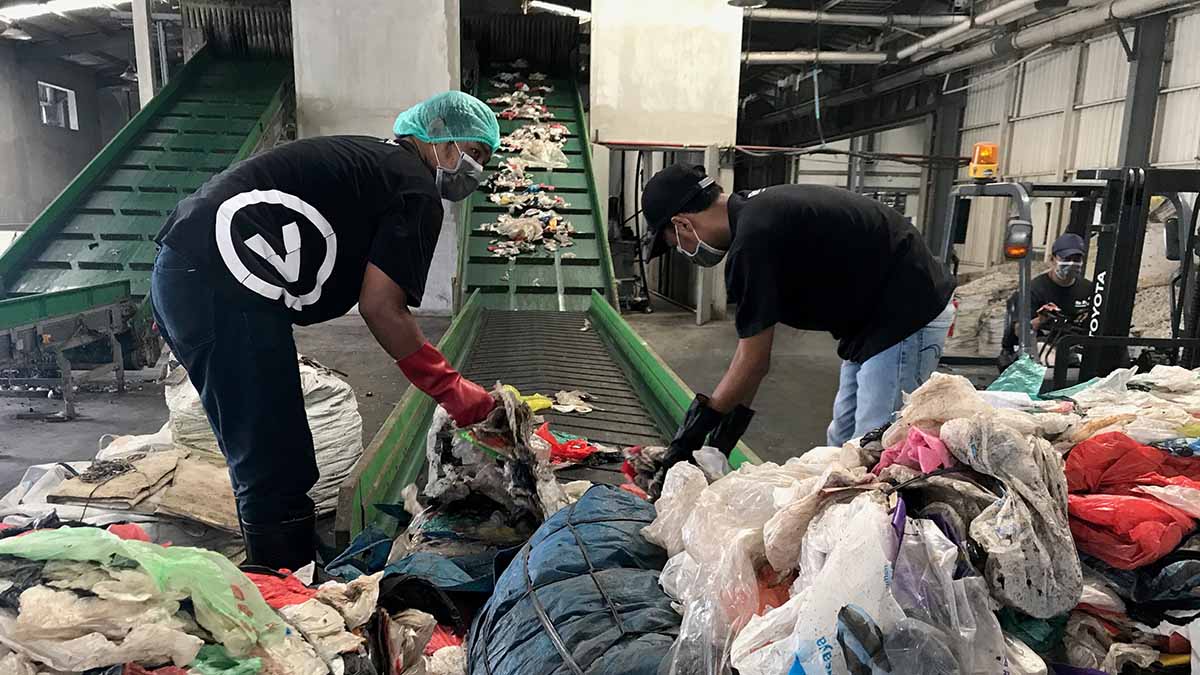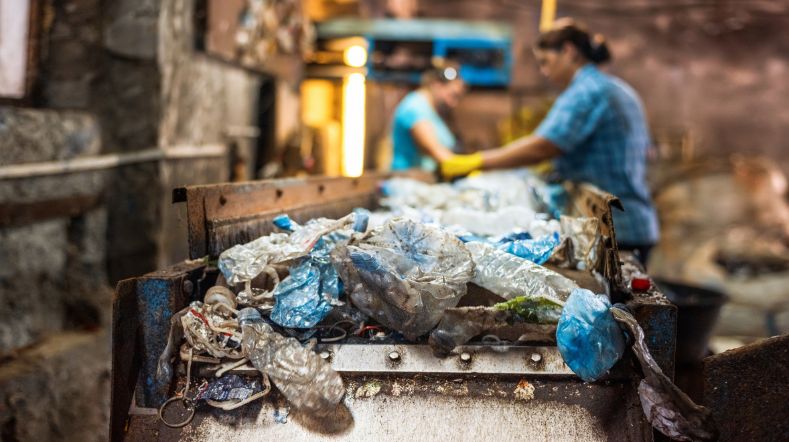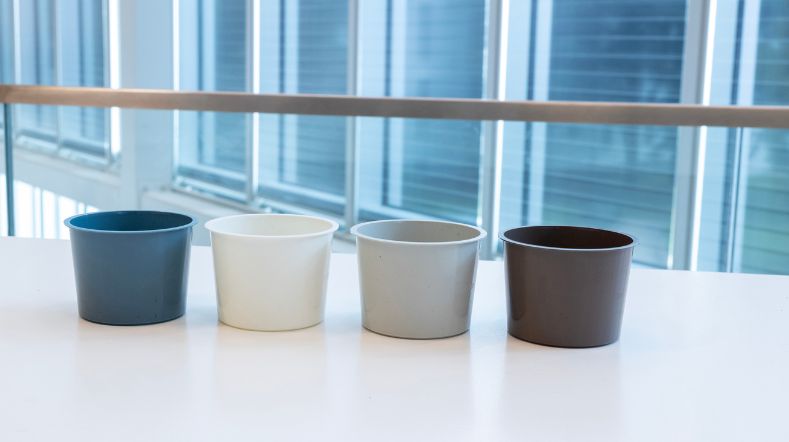TNO developed Waste treatment Tool for plastics in rivers
Rivers are polluted with plastic waste. The Ocean Cleanup is determined to remove these plastics from rivers. For the environment and for value creation, the river plastics should be properly treated. However, waste treatment, infrastructure and costs for plastics are globally diverse and complex. TNO has developed the Waste Treatment Tool to determine best treatment options from river plastic waste.

Unfortunately, many rivers worldwide are polluted with plastic waste. These rivers are responsible for transporting plastic waste from land towards the coastal areas and oceans. Plastic pollution has undesired consequences for our health, environment, and even our economy. The Ocean Cleanup is determined to stop plastic pollution in rivers. With the Interceptor, floating plastic waste is intercepted by a barrier and extracted from the river through a conveyor belt system. To stop negative impacts of river plastic, the plastic should not be incinerated or landfilled but properly treated, e.g. by recycling which can give the plastic waste a new life and create value from a waste material.
The 1000 most polluted rivers are mainly located in Asia and Africa
The Ocean Cleanup has published an extensive scientific work, where it became clear that over 1000 rivers, mainly located in Asia and Africa, contain nearly 80% of all riverine plastic pollution. Furthermore, they have pursued many fieldwork activities to collect data on waste types and plastic polymers in rivers. The types of waste and plastics, existing waste infrastructure and costs for plastic waste treatment are globally diverse and complex. Moreover, plastic waste treatment is strongly affected by waste quantities and composition, and available technologies in the region. The Ocean Cleanup has consulted TNO to map costs and impact of various river waste treatment methods in different regions of the world.
TNO’s Waste treatment tool gives insights for business with impact

Anna Schwarz and Toon van Harmelen, both scientists at TNO, have developed a tool that predicts waste treatment options in the 1000 most polluted rivers worldwide. In the tool, The Ocean Cleanup datasets on river plastics are linked to potential waste treatment pathways. This includes costs and values of treatment and CO2 emissions. This data is collected from TNOs PRISM (Plastic Recycling Impact Scenario Model). The interactive tool is able to work with these variations and visualize the costs and impact of different waste treatment and recycling pathways. With the new tool, The Ocean Cleanup has greater insight into the best solutions for the collected river plastic waste.
To get the most value out of river waste
River plastic waste is different from the usual plastic waste streams. Various plastic polymers can be mixed and the plastic can be contaminated in higher grades. Therefore in many cases, pretreatment like sorting, washing and drying of the material is needed. Many countries lack proper waste treatment infrastructure. This strongly limits the possibilities to treat the collected plastic waste from rivers. This also links back to the vast quantities littered in the environment and in rivers. Hence, investing in waste treatment systems in countries will be a key asset in solving the plastic pollution problem. Besides that, economies and companies can benefit from river waste when working together.
Best solution for plastic waste treatment
The tool gives valuable insights in the best solutions, the foreseen impact and the business case of (plastic) waste treatment. This will help sorters, recyclers and other parties with decision making. Additionally, governments will get more insights in what technologies need to be supported to make the cleanup efficient and cost effective. But to rid the rivers of plastic, we need to not only clean up what is already out there, but also stop new plastic from entering the rivers: we need to close the tap.
Let yourself be inspired
Working on biodegradable plastic


How does the R-ladder lead us to a circular economy for plastic products?


How is plastic recycled?


Recycling household waste


Vacuuming the highway to reduce environmental microplastics from tyres


